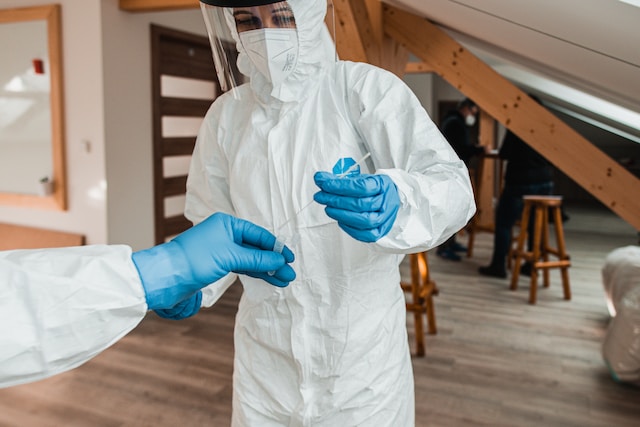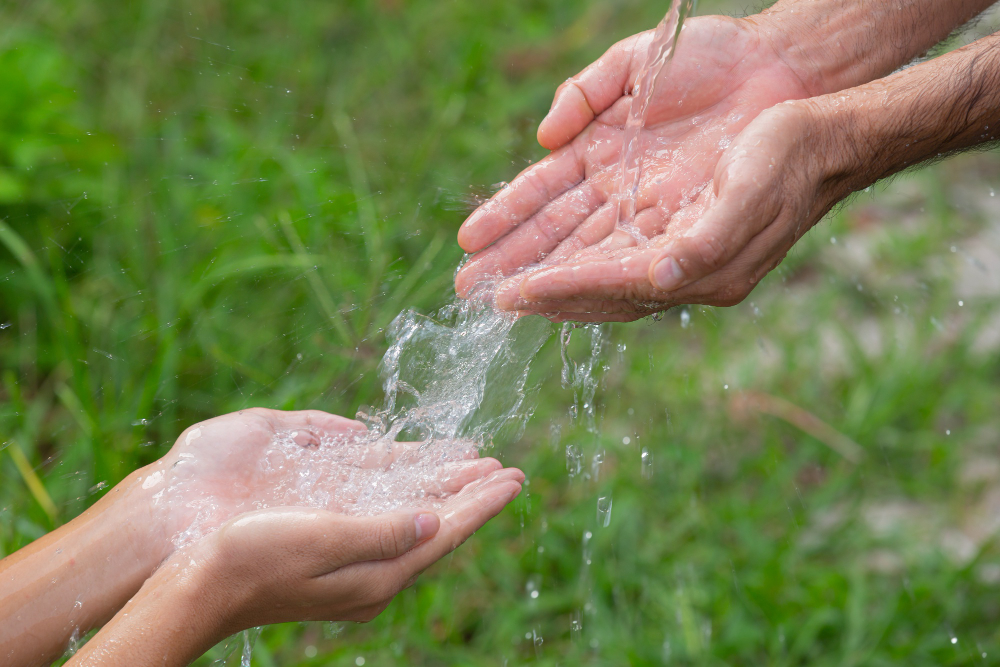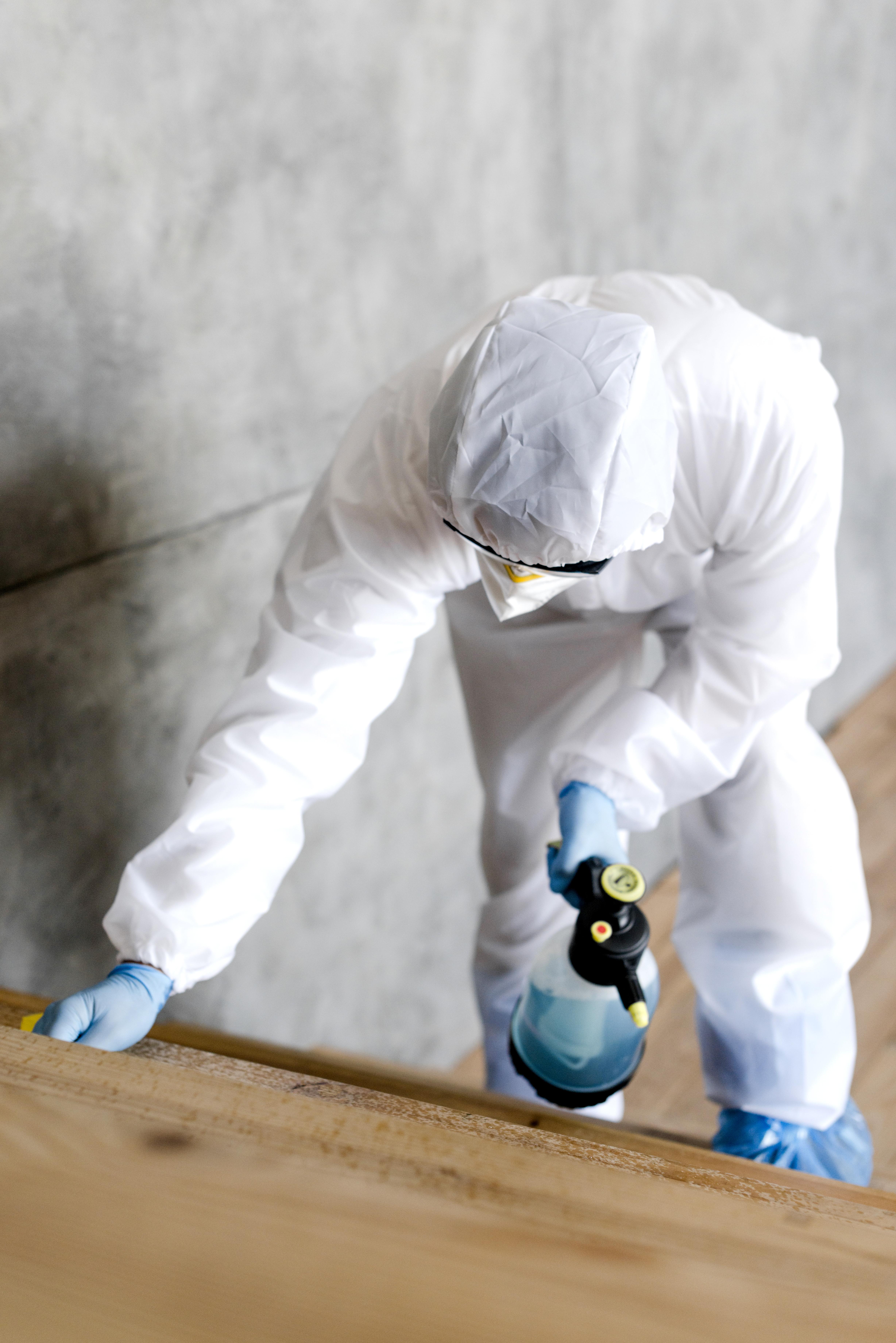
Lead testing is the process of assessing the presence and concentration of lead in various materials, such as water, soil, paint, and consumer products. Lead is a toxic metal that can have harmful effects on human health, especially in children and pregnant women.
Assessing the level of lead in various elements, such as water, soil, paint, and consumer products, is known as lead testing. Lead is a poisonous metal that can impair people's health, especially young children and expectant women.
Depending on the kind of substance being tested, a variety of procedures are available for lead testing.
Here are several methods that are frequently used:

Water testingTo test for lead in drinking water, samples must be taken and examined for the substance. Usually, samples are sent to a lab for analysis or at-home test kits are used for this. Inductively Coupled Plasma Mass Spectrometry (ICP-MS), the most used technique, yields precise and trustworthy data.

Especially in locations with a history of lead-based paint use or industrial activity, soil samples might be analysed for lead contamination. In order to conduct the test, soil samples must be collected and examined in a lab. On-site screening frequently employs X-ray fluorescence (XRF), while laboratory analysis makes use of techniques like atomic absorption spectrometry (AAS) or ICP-MS.

Lead-based paint was frequently utilised in older homes and structures, according to paint testing. Samples must be taken and sent to an approved facility for examination in order to test for lead in paint. Due to its short turnaround time and non-destructive nature, XRF is a frequently used technique for assessing paint. Techniques like AAS or ICP-MS may be used in laboratory analysis.